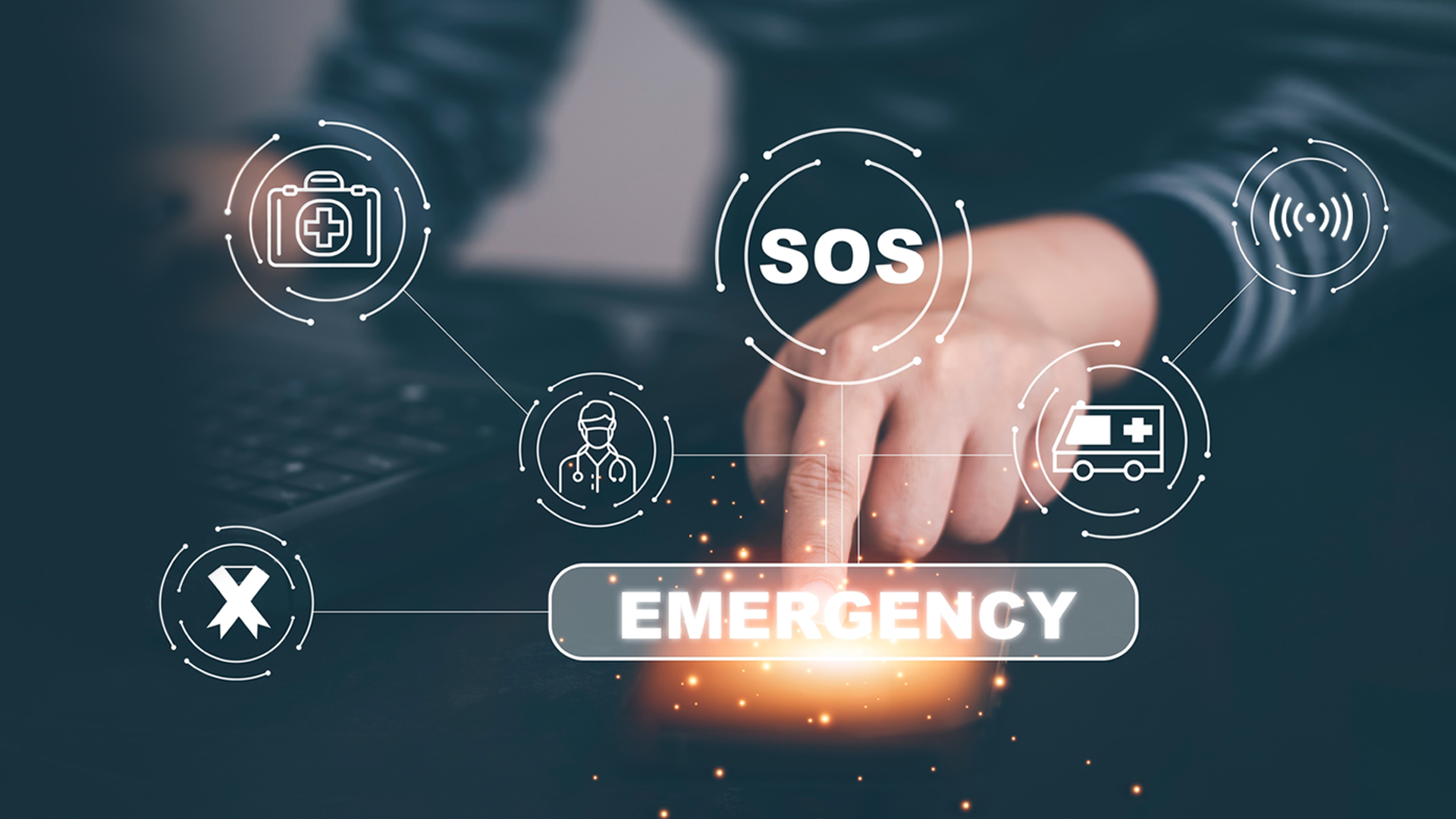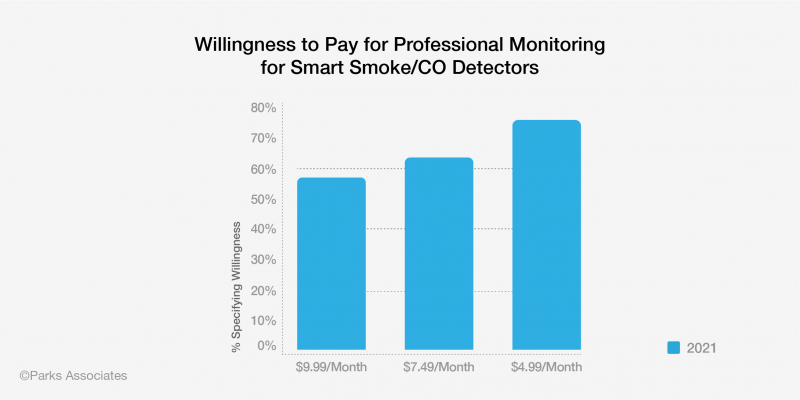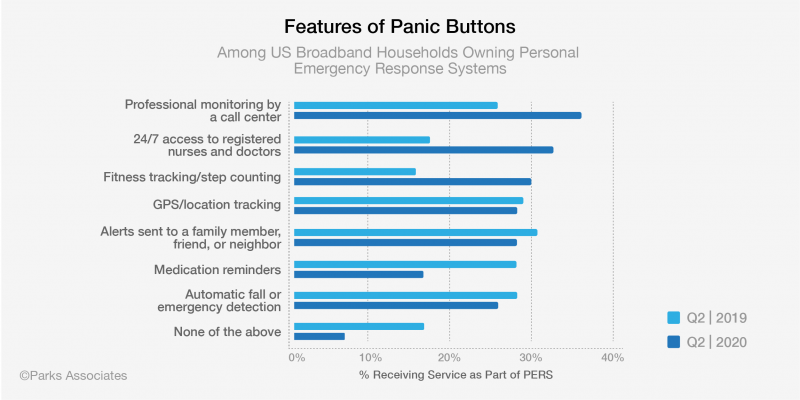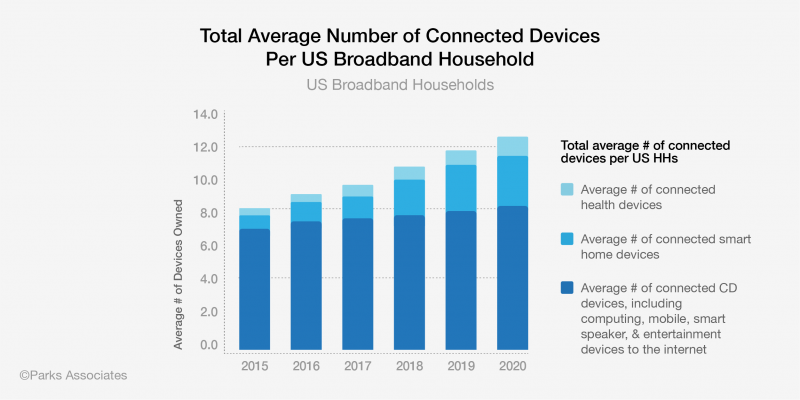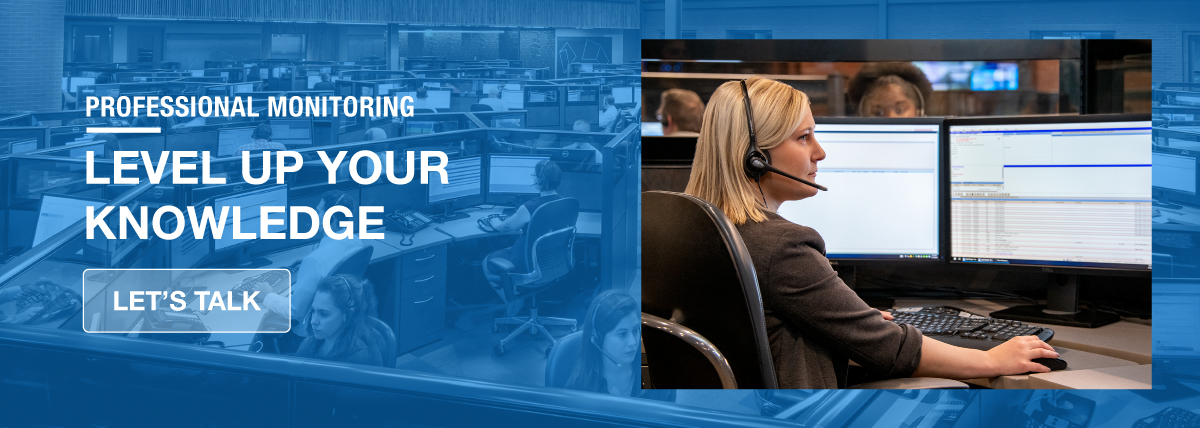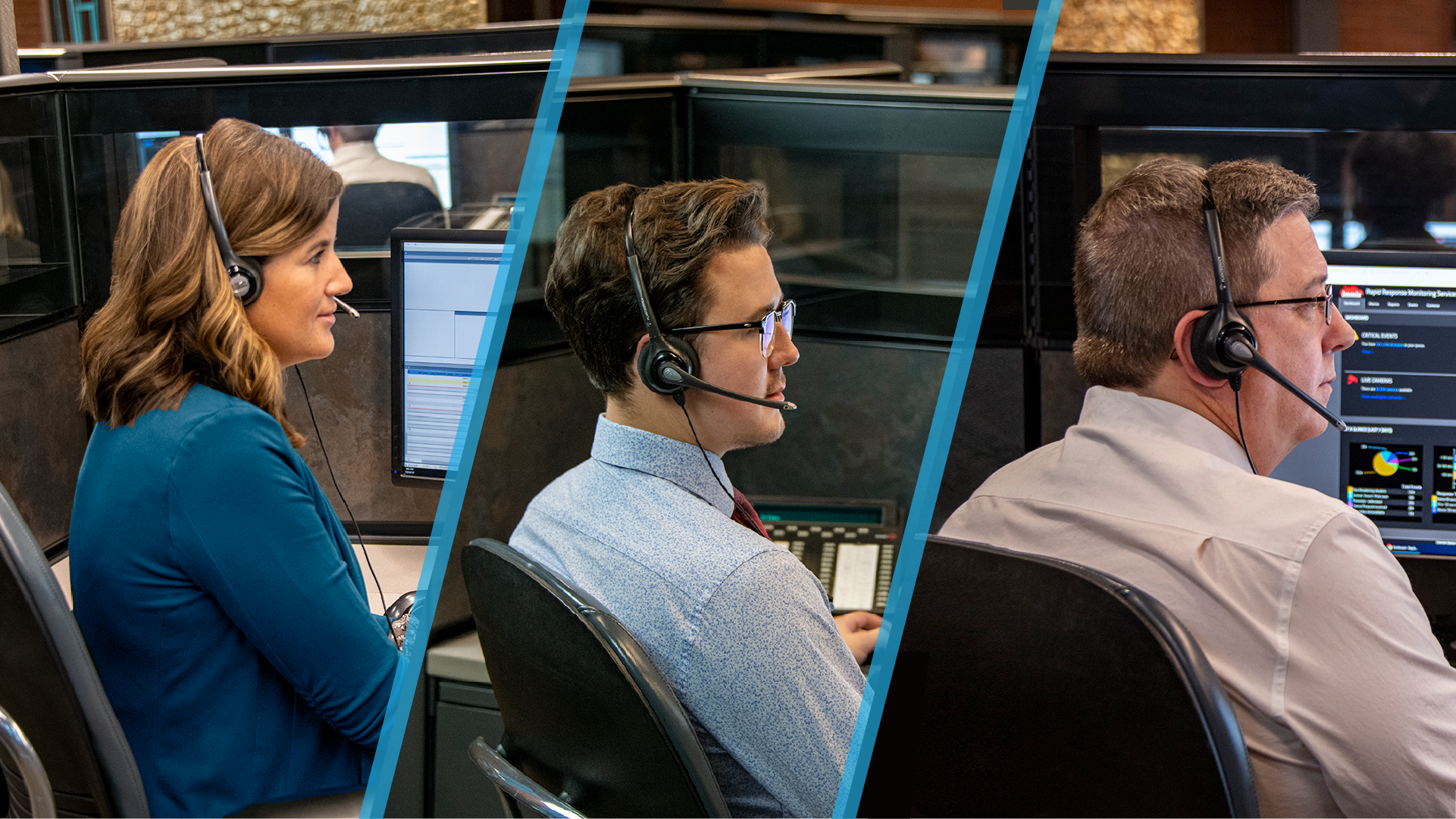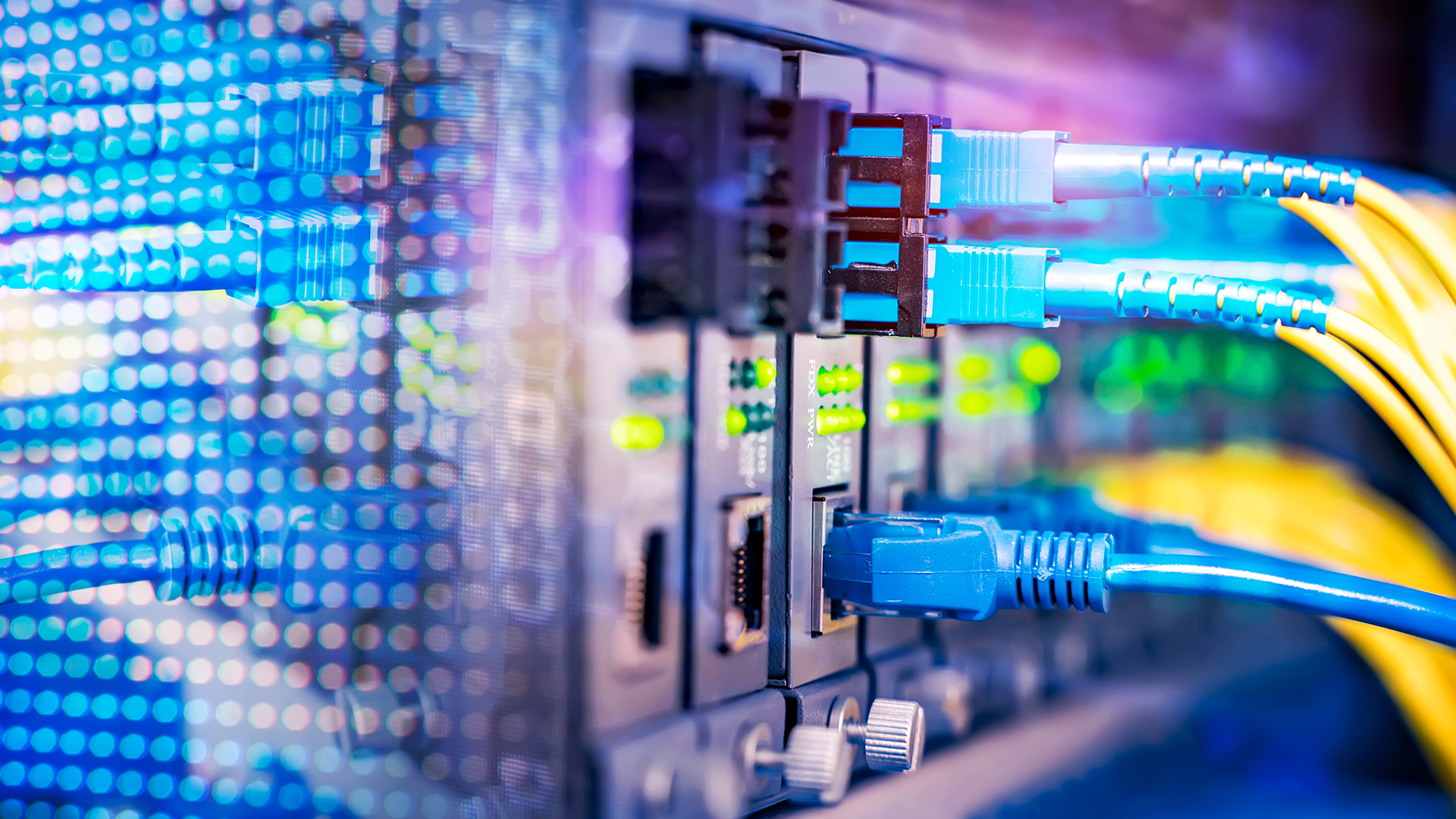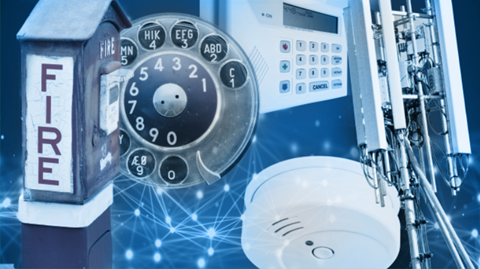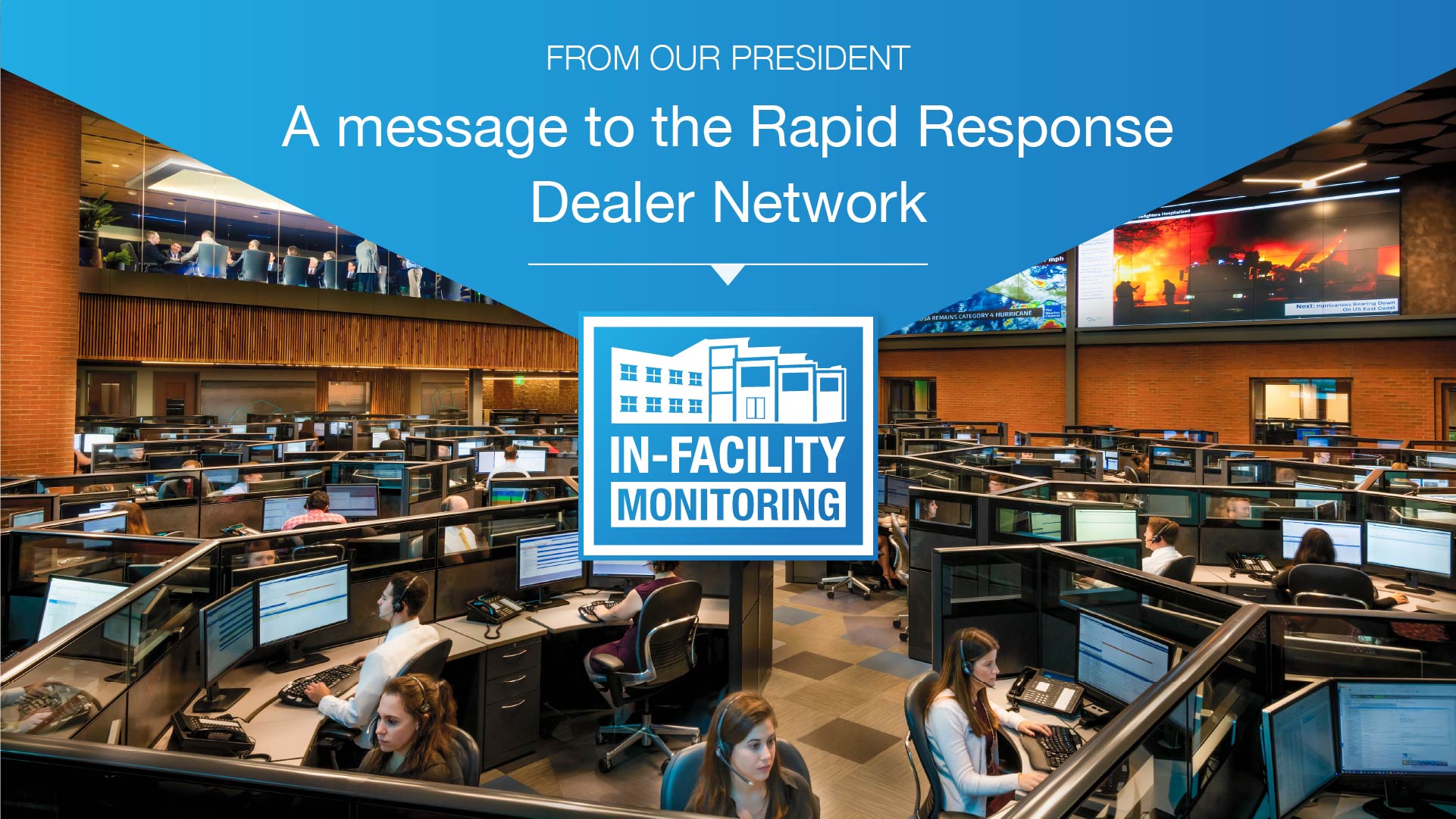Safety and security are the leading value propositions for the smart home. Protection of loved ones and property is a universal need, and manufacturers of smart products such as networked cameras, video doorbells, and more, sell their products on delivering peace of mind to consumers. In fact, 37% of smart product owners state that keeping their home safe was a main purchase driver for the purchase of a smart product, which is defined as a product that can be remotely monitored or controlled with a mobile app. Because of this, IoT device monitoring has become more common than ever before in home security systems.
Adoption of smart products such as lights, locks, and thermostats is limited to 8-13% of households per product, but as smart product adoption increases, they will become an opportunity for Dealers and monitoring centers. As many as half of households who currently subscribe to professional monitoring may consider the remote monitoring and notification services provided by smart products to be a sufficient substitute.
At the same time, 76% of smart smoke detector owners or purchase intenders indicate interest in having their smoke detector connected to a professional fire monitoring service for a monthly fee of $5-$10. Monitoring critical events such as the occurrence of fire, smoke or carbon monoxide are clearly understood value propositions that consumers are willing to pay for.
Similarly, networked cameras serve as a viable smart home device for professional security monitoring and are increasingly popular for monitoring children, pets, and home services such as nannies, housekeepers, and delivery personnel.
Connected Health, GPS Monitoring and Panic Devices Are on the Rise
In the same way that professional home security monitoring services protect in case of intrusion, this same technology and training can provide safety monitoring services for lone workers, runners, seniors and those at risk of medical emergencies. Personal emergency response (PERS) can provide 24/7 emergency monitoring for those at home or when mobile outside the home (mPERS).
Monitoring staff training develops map reading skills and location interpretation, as well as communication strategies to assist customers in medical crisis or other emergencies. Safety and security lie at the core value of the home and serve as key drivers for security and connected health solutions alike. Security providers can diversify their consumer base by providing security-related packages with connected health, independent living solutions and GPS tracking designed for protecting loved ones.
The mPERS and PERS devices market is projected to grow rapidly among seniors. The number of Americans age 65 and older will double in the coming decades, resulting in the growing use and need of various connected health solutions for the home, including smart home devices, on-demand services, and security-related solutions that can enable independent living and improve quality of life.
Service providers, professional security monitoring and PERS monitoring companies are exploring their potential role in consumer wellness, remote patient monitoring, and aging with independence. Providing monitoring solutions for aging consumers and their caregivers is a natural first step. However, Dealers should keep in mind these connected devices are valuable to a wider, younger market as well.
Among the 7% of US broadband households that report using personal safety or panic button technology, their top five main service uses are professional monitoring, 24/7 access to nurses and doctors, fitness tracking, GPS and location driving, and security or medical alerts sent to the appropriate individuals.
Connected Devices: Stepping Into the Modern Era
Connectivity in the home and the number of connected devices continue to expand year-over-year. Consumers now have an average of 12.3 internet connected devices in their homes, and 29% of US broadband households own at least one smart home device from a list of 20 core devices.
While intrusion, fire, and carbon monoxide alerts to professional monitoring centers and consumers remain critical functions, the security industry has eagerly pursued business options to make their overall value propositions more valuable — and in a daily way — to a broader set of consumers than those previously served. IoT and internet connected products serve as an opportunity to provide professional monitoring services in several ways:
- Fault Monitoring: Security companies can bundle security with electrical fire hazard detection technology to prevent fires rather than just monitoring smoke alarms that only detect fires. Electrical fires are particularly devastating, causing over 1,300 injuries, 420 deaths, and $1.4 billion in residential property damage each year. Fire monitoring solutions that detect, prevent, and protect against these fires are an increasingly valuable part of the safety and security landscape. The risk of electrical fires is a function of the severity, the occurrence, and the ability to detect these fires. Anything that delays an occupant’s response to the smoke alarm can have a dramatic impact on their survival — while only 24% of all electrical fires occur between midnight and 8 a.m., these fires cause 57% of deaths in this time period.
- Water Level Monitoring: The average cost of water damage/leaks is $9,633 and $8,625 for flood/weather-related damage. Responding to a leak or flood as quickly as possible is important to mitigate serious damage. The ability to professionally monitor sensors in the home or at a business enables quick detection and notification of the incident once it occurs.
- Asset Tracking: For a business that transports goods and merchandise regularly, asset tracking is critical to their operations. Asset tracking with security equipment such us RFID tags or tiles for real-time identification and location of goods, paired with professional monitoring will ensure that when a critical situation arises such as a theft or environmental disaster, the owner will be notified immediately.
- Vehicle Monitoring: Car alarms are often ignored. Notification of an alarm and alerting the police along with tracking and disabling a stolen vehicle make a highly credible offer to both consumers and businesses. Another important form of vehicle monitoring includes telematics services to provide automatic accident response in the event of a vehicle crash. Professional monitoring of telematics data enables the monitoring center operator to detect both the occurrence and severity of an accident to best respond to the scene.
The professional monitoring industry has expanded to much more than security since its beginning three decades ago. The mPERS, PERS, connected home and GPS tracking market is projected to keep expanding and opening opportunities for security companies.
ATTRIBUTION — Excerpt from ©Parks Associates whitepaper published in cooperation with Rapid Response.
